PRODUCT DESCRIPTION
What is cement-based grout, and what materials is it composed of?
Cement-based grout is a mixture of cement materials, such as ordinary Portland cement or very fine cement, combined with water, sand, and additives that provide high compressive strength. Cement grouts are widely used and offer a cost-effective solution compared to other types of grouts. In the following section, we will discuss the implementation process, characteristics, technical specifications, application, and pricing of cement-based grout.
It is commonly used in construction and civil engineering projects for various applications, such as filling gaps, voids, or joints between building materials or structural components.
Cement-based grout is known for its ability to provide stability, strength, and durability once it sets and hardens. It is typically mixed on-site by combining cement powder with water to form a paste-like consistency. The mixture is then applied to the desired area, where it fills in the gaps and solidifies over time.
Properties Of Cementitious Grout
The properties of cement-based grout can be modified by adding certain additives or admixtures to improve its flowability, workability, bonding characteristics, or resistance to shrinkage. These additives can enhance the performance of the grout and make it suitable for specific applications or environmental conditions.
Cement-based grout is commonly used in a range of construction projects, including tile installation, masonry work, grouting of base plates, machinery, and anchoring of structural elements. It is valued for its ability to provide a strong bond, stability, and support to various building materials and components.
Overall, cement-based grout is a versatile and widely used material with excellent strength, durability, and ease of application, making it a popular choice in the construction industry.
What is the maximum thickness for cement-based grout?
The recommended minimum thickness for cement-based grout is approximately 25 mm, while the maximum thickness is around 100 mm. However, when filling cavities with cement grout in the form of bolts, anchors, or rebars, the thickness can be considered up to 35 cm. The metal components act as heat conductors or serve as heat sinks due to hydration.
Purchase price of cement-based grout
The price of cement-based grout (CEG™ code) is determined per kilogram of grout. For information on purchasing and specific pricing details, please get in touch with our experts.
Cases where the use of cement-based grout is not recommended
- Cement grout is not designed to withstand continuous impact loading and heavy machinery vibrations. Exposure to these stresses can result in cracking or damage, which can have severe consequences for both the machinery and the baseplate concrete.
- Structures requiring rapid and extremely high initial resistance necessitating circularly minimal failure.
- Cement grouts are susceptible to chemical attacks, which can degrade the grout over time. Therefore, it is not recommended for environments exposed to severe corrosion.
- Cable bolts, anchors, or bolts that bear high tensile loads.
Features
- Single component, ready-to-use grout.
- Wide temperature range usability (10 to 29 degrees Celsius).
- Adjustable ratios for customizable fluidity.
- Proper placement ensures hardening without sedimentation or bleeding, providing effective support and load transfer.
- No accelerators or corrosion in reinforced steel.
- Shrinkage-free with corrosion protection for cables.
- High performance and compatibility with high-strength steel.
- Demonstrates initial and final resistance, as well as resistance to high pressure, fatigue, and impact.
Applications
- Grouting for prefabricated panels and column joints.
- High-temperature grouting for mechanical equipment, machines, and base plates.
- Grouting in low-tension areas with bolts, reinforcing bars, dowel bars, and bolt anchor cables.
- Filling, strengthening, and leveling of foundations and slabs.
- Concrete repair and hole filling using grouting techniques.
- Non-shrinkage grouting for filling voids between wall panels, beams, and columns.
- Grouting for steam or gas turbines, as well as generators.
Packaging
- One component bag
Colour
- Dark Grey (after mixing)
technical specifications
|
Appearance of the product |
One-component grey powder |
| Mixing ratio |
4-5 liters of water for 25 kilos of grout powder |
|
Operating temperature |
7-32℃ |
| Final setting time |
2-8 hours |
|
density |
2200kg/m3 |
|
compressive strength (28 days) |
60MPa |
|
tension strength (28 days) |
4.5MPa |
| flexural strength (28 days) |
9MPa |
| Cohesive strength |
5.2MPa |
- Follow proper mixing procedures.
- Conduct thorough substrate preparation.
- Use appropriate tools and equipment.
- Pay attention to temperature and curing conditions.
- Ensure proper placement and consolidation.
- Monitor curing time and follow curing procedures.
- Regularly inspect and maintain grouted areas.
- Consider compatibility with specific applications.
- Stay updated on industry best practices and advancements.
- Seek professional expertise when needed.
In this section, we provide grouting instructions for contractors:
- Minimum execution thickness: 25 mm.
- Maximum execution thickness: 100 mm.
For the gravity grouting method:
- Recommended minimum thickness: 25 mm for a flow length of 300 mm.
- For every additional 300 mm of flow length, increase the thickness by approximately 13 mm, up to a maximum of 100 mm.
Note: Grouting is not recommended when the temperature is below 5°C.
Additional grouting instructions for contractors:
- Before grouting, ensure the substrate is clean, free from debris, and properly prepared to promote adhesion.
- Follow the manufacturer’s guidelines for mixing ratios, water content, and mixing time to achieve the desired grout consistency.
- Use appropriate grouting equipment, such as grout pumps or dispensing tools, to ensure consistent and uniform application.
- During grouting, monitor the flow and fill the voids to ensure effective consolidation and support.
- Allow sufficient curing time as the manufacturer recommends before subjecting the grouted area to any load or stress.
- Inspect the grouted areas for any signs of cracking, settling, or deterioration. Promptly address any maintenance or repair needs to maintain the integrity of the grout.
- Follow safety precautions while handling and working with grouting materials, including protective gear and proper ventilation in enclosed spaces.
- Stay informed about the latest advancements, best practices, and industry standards related to grouting techniques. Continuously improve your knowledge and skills to optimize grouting processes.
Substrate Preparation:
- Clean the concrete surface by removing dust, oil, and damaged parts.
- Chemicals can be used for cleaning the concrete surface if necessary.
Mixing:
- Mix the cement-based grout powder with the appropriate amount of water to achieve a homogeneous mixture.
- Avoid adding excessive water, as it can reduce the compressive strength of the grout.
Grouting:
- Pour the mixed grout continuously from one side to eliminate air entrapment.
- Ensure a continuous grouting process.
- Sufficient grout should be prepared before starting the application.
- Take note of the pot life of the grout product during the grouting process.
Curing of Cementitious Grout:
- Maintain moisture in the cement-based grout for proper curing.
- Apply special curing agents or cover the grout with a wet sack after pouring.
- The curing process should continue for up to three days, depending on weather conditions.
- Once the grout reaches a favorable compressive strength, it can be loaded accordingly.
- Avoid skin or eye contact with the cement-based grout.
- If skin contact occurs, wash the affected area with soap and water.
- If the grout comes into contact with the eyes, rinse thoroughly with water for 15 minutes.
Product Usage: - Before using the cement-based grout, carefully read and understand all the precautions, specifications, and features provided on the product label or documentation.
technical documents
Photo Gallery
Technical documentation request


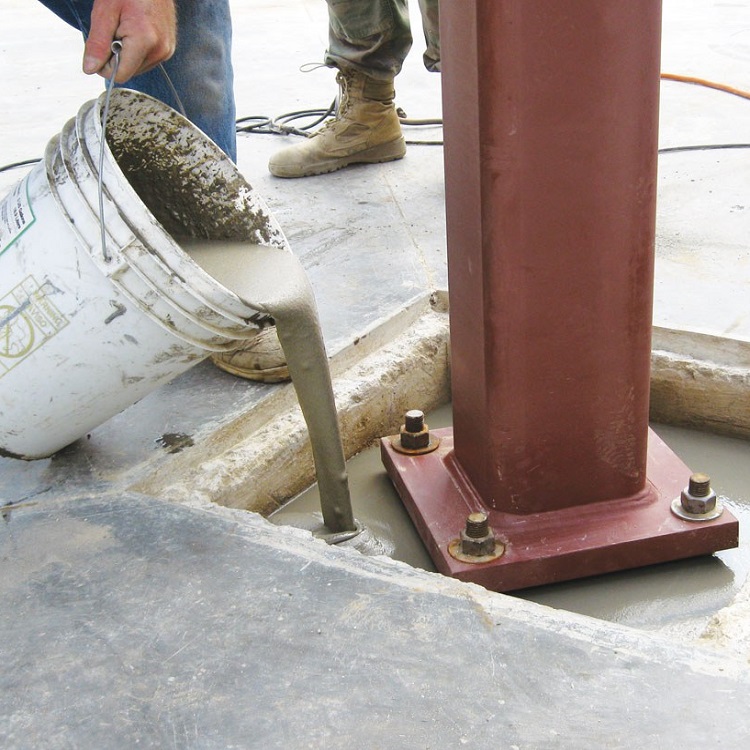
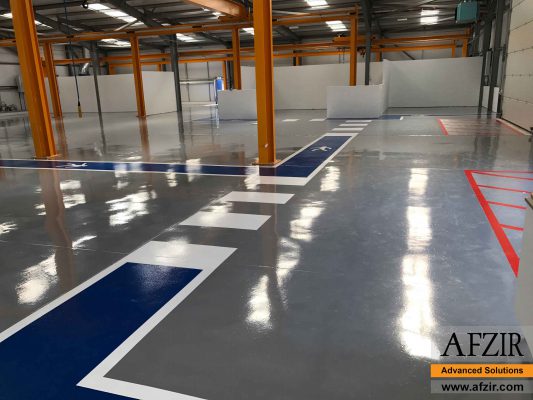
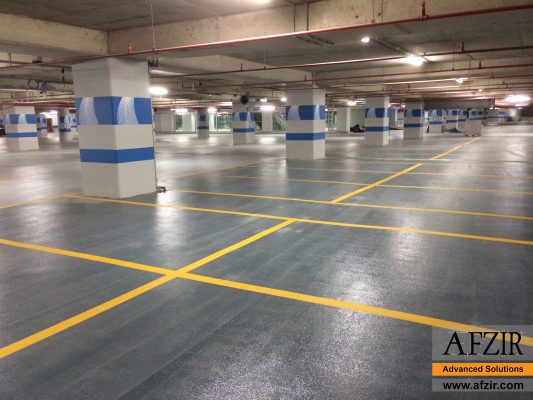






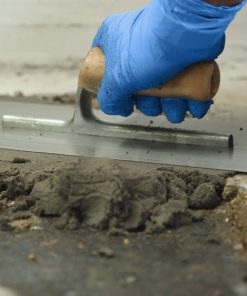
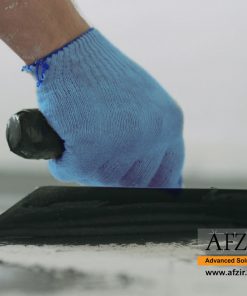


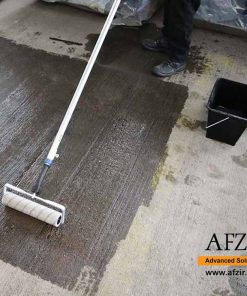




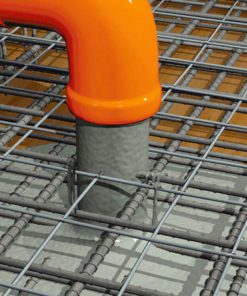
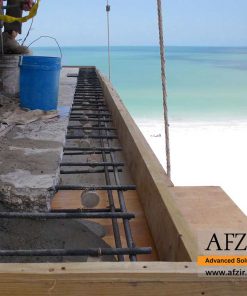


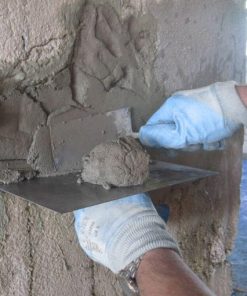

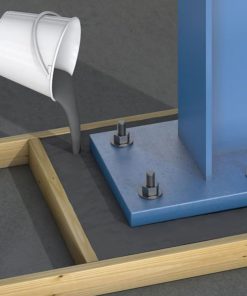


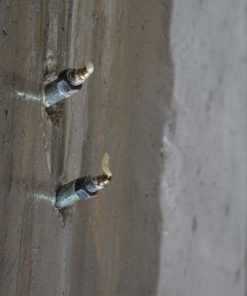

Be the first to review “Cementitious Grout”